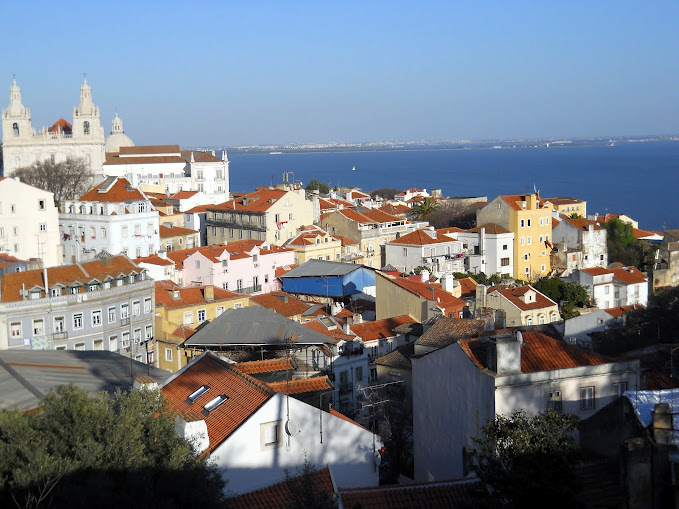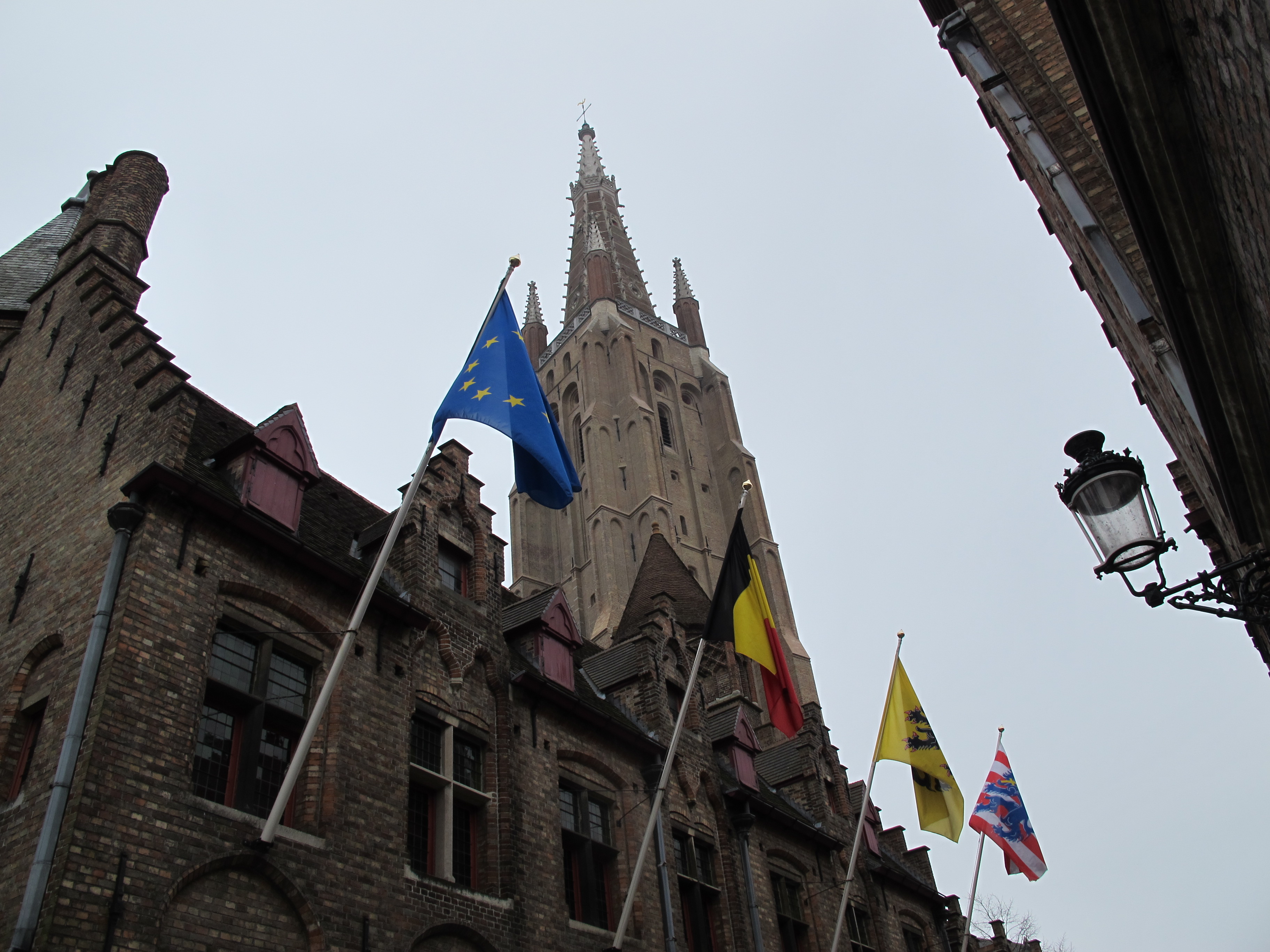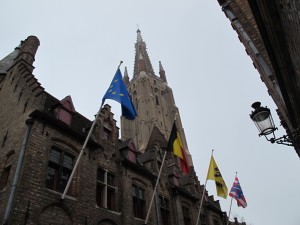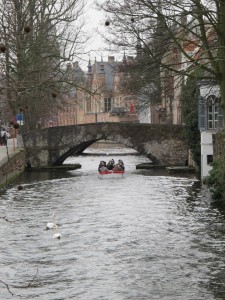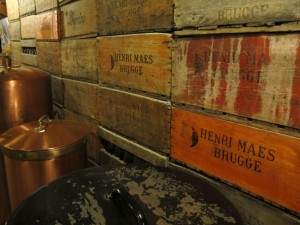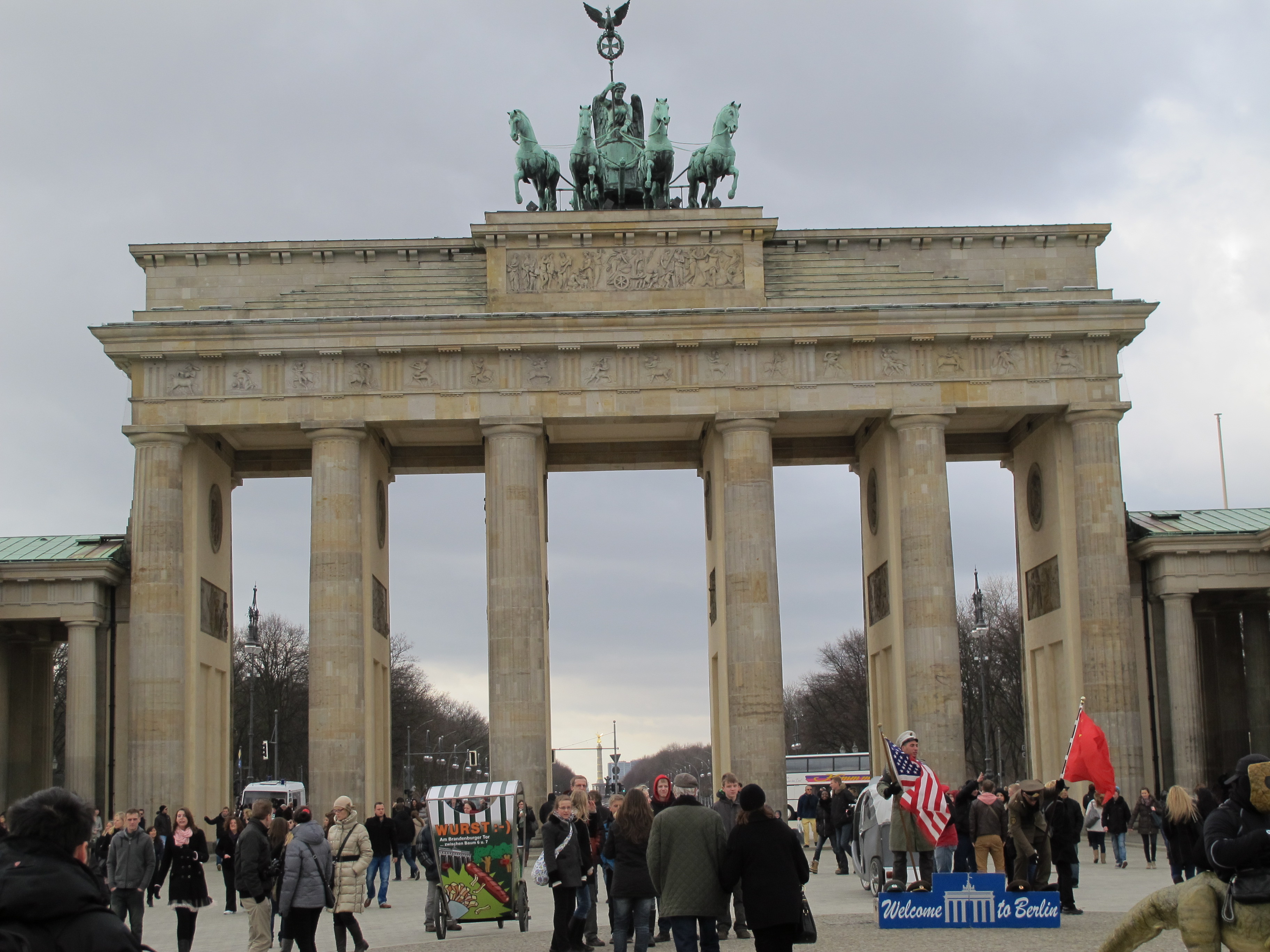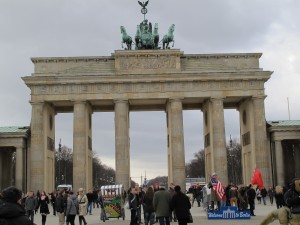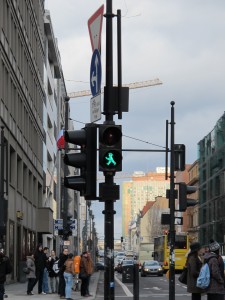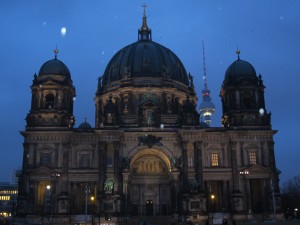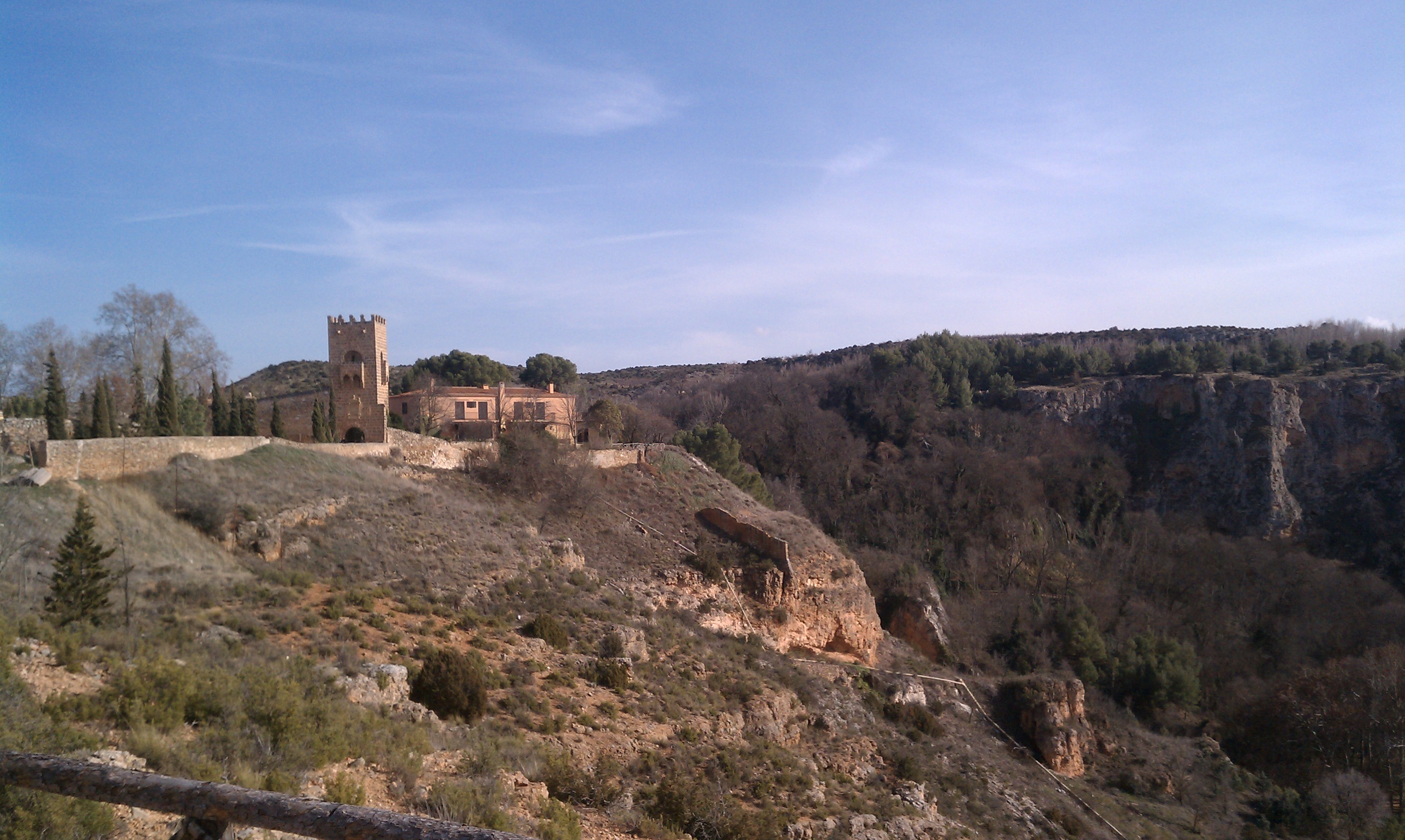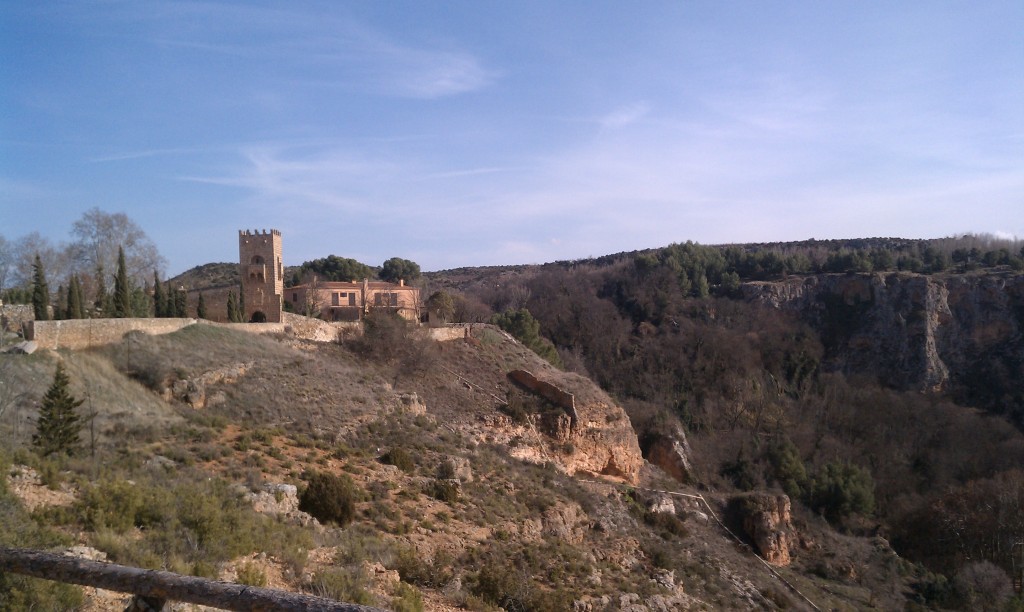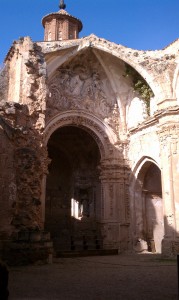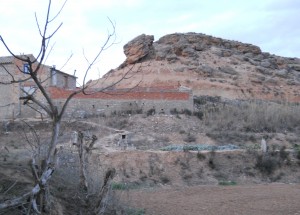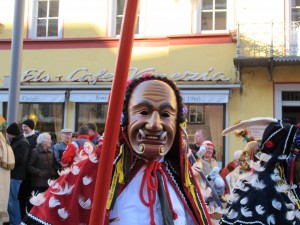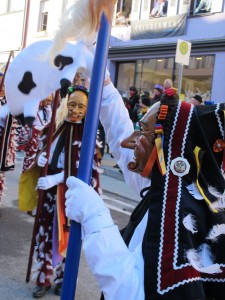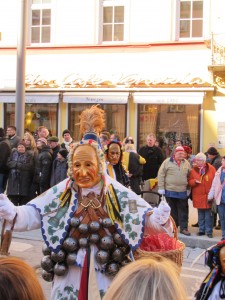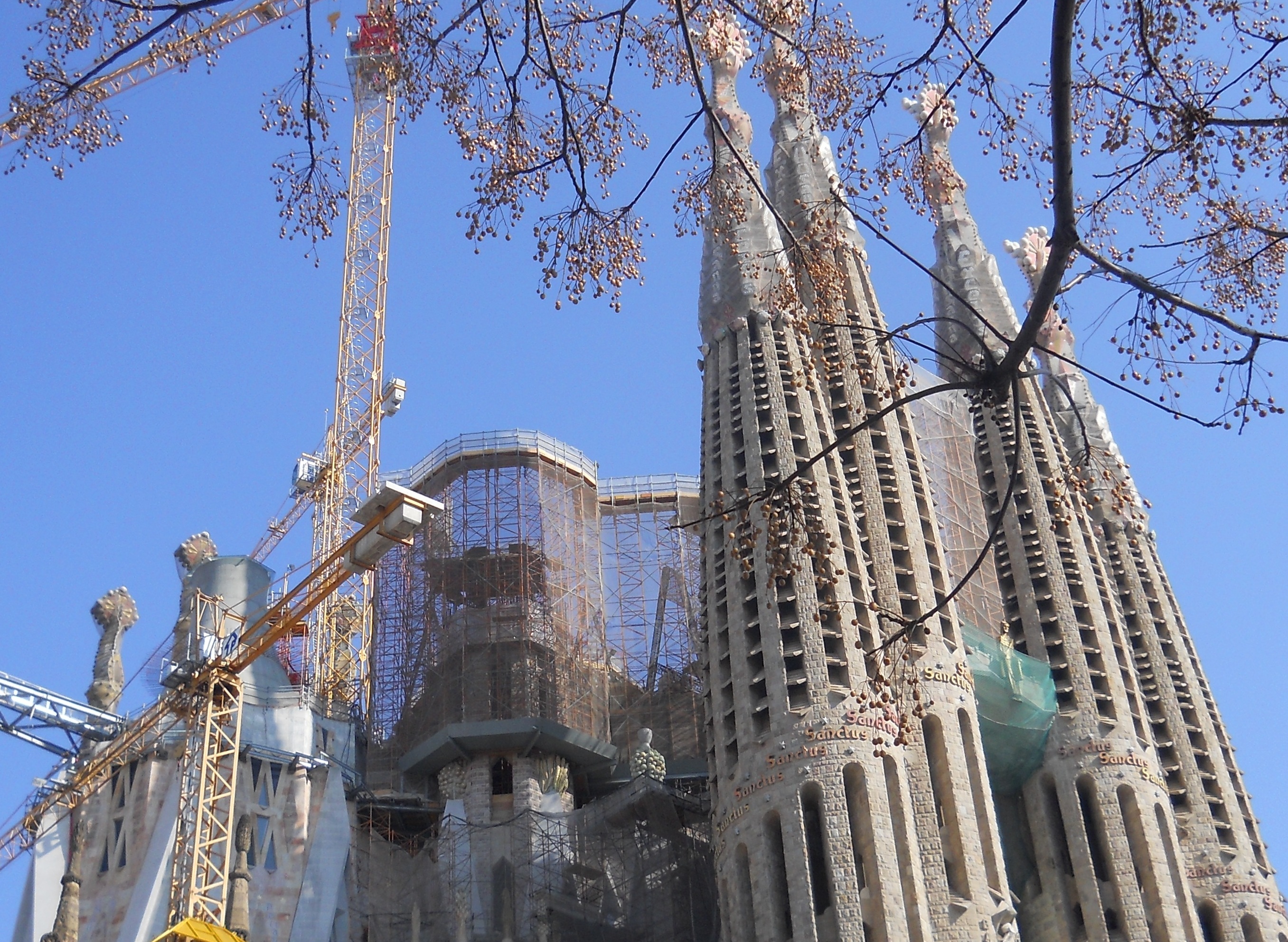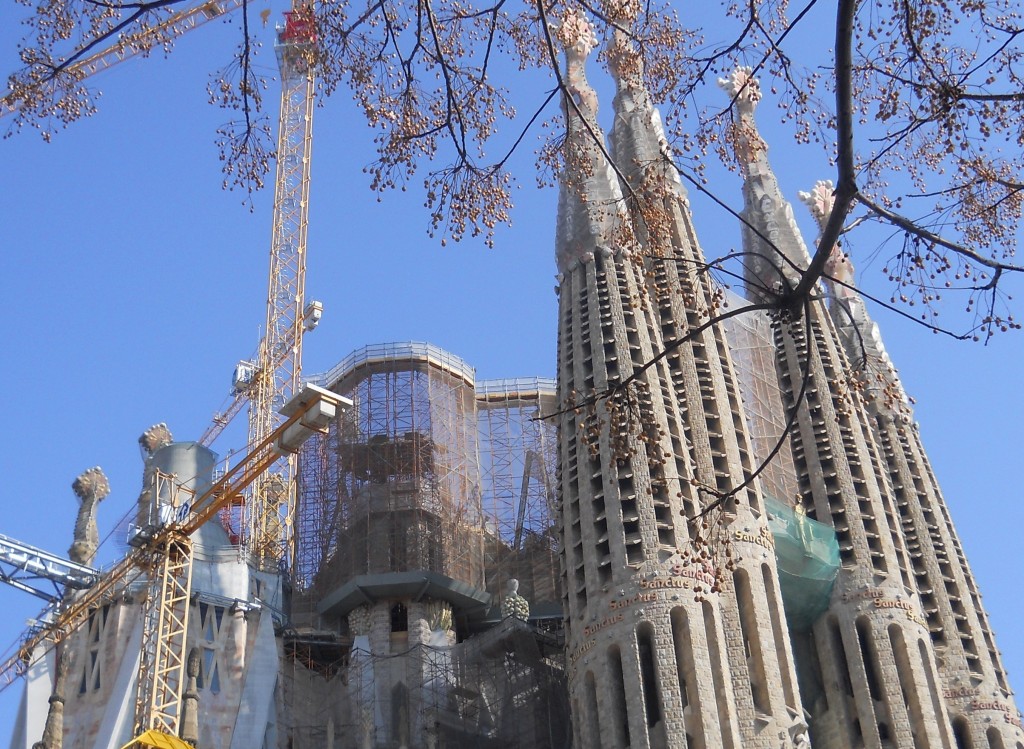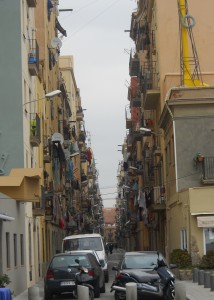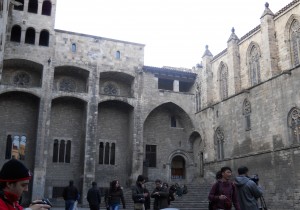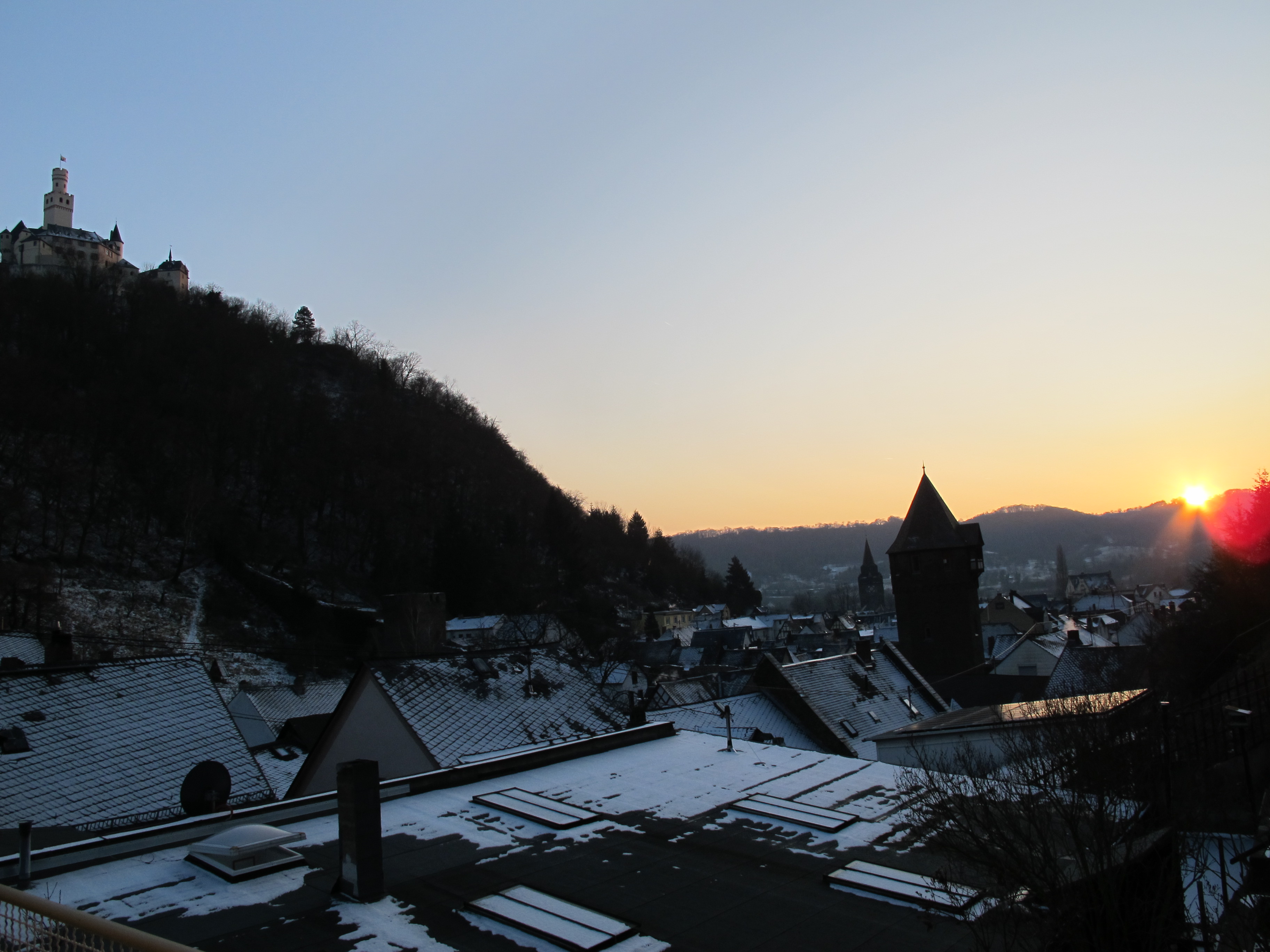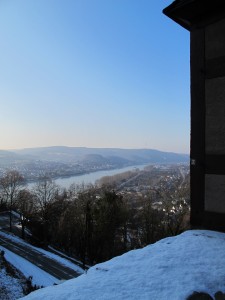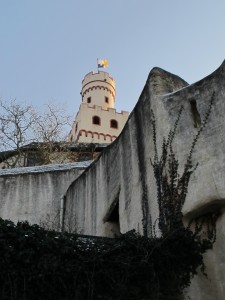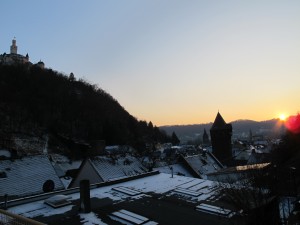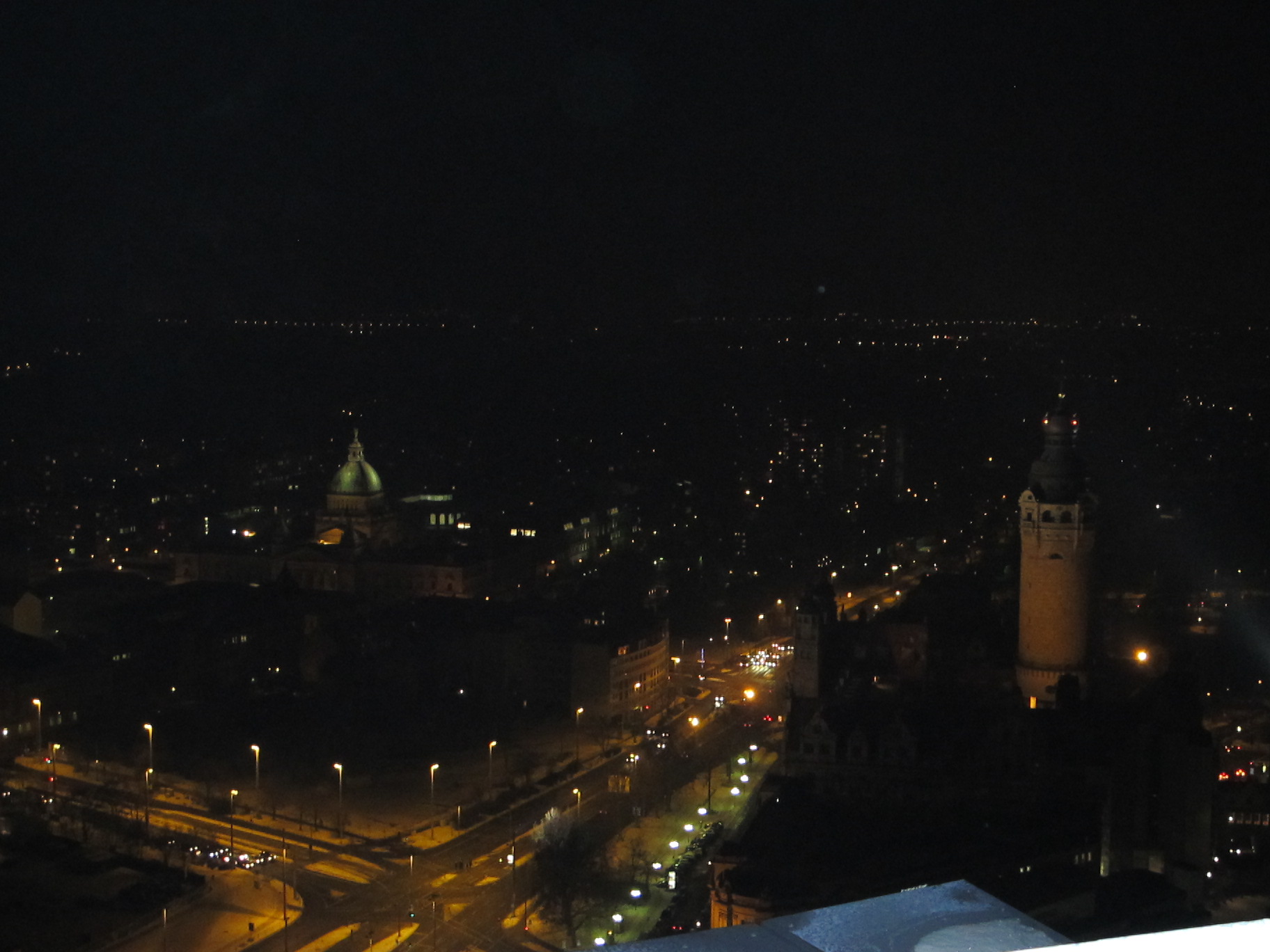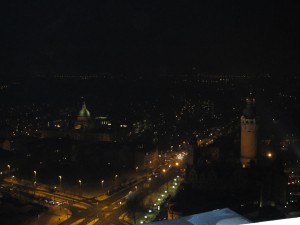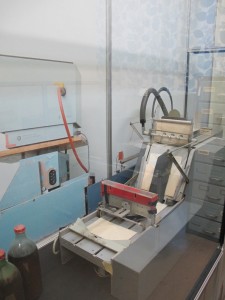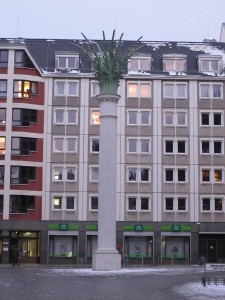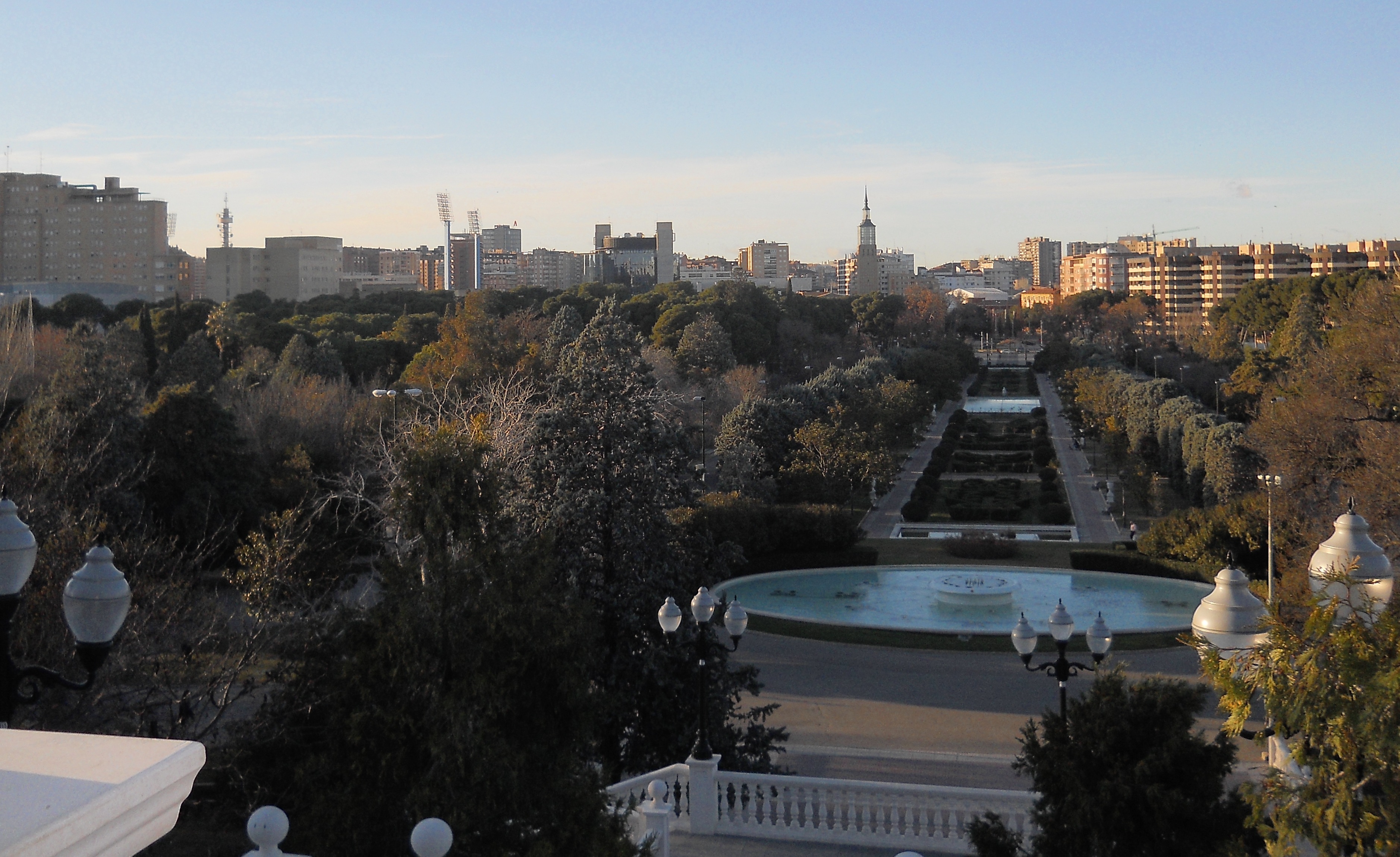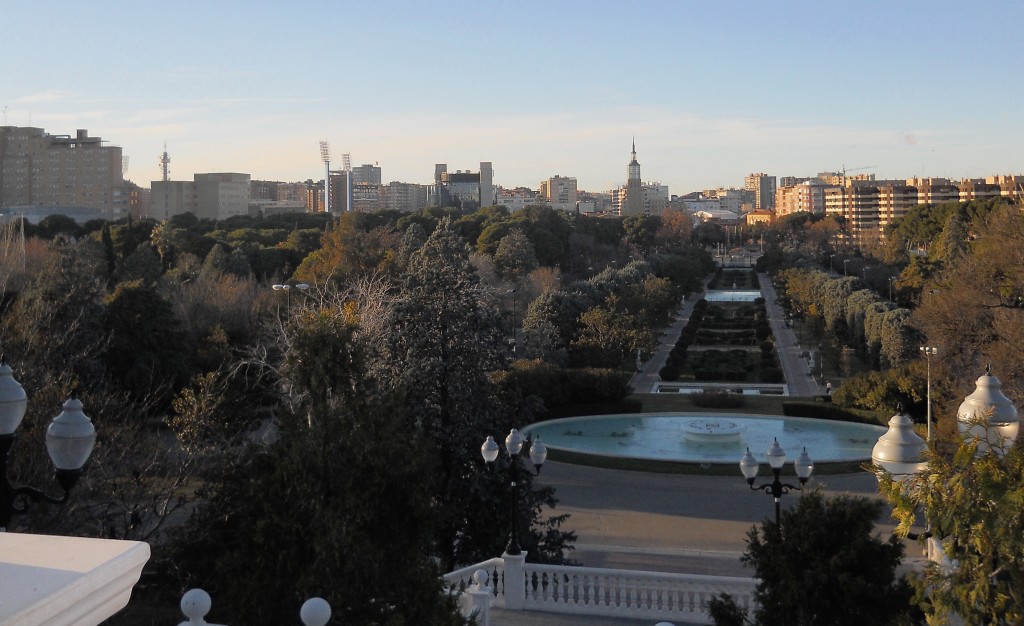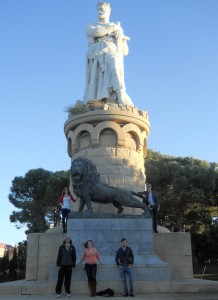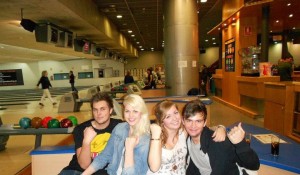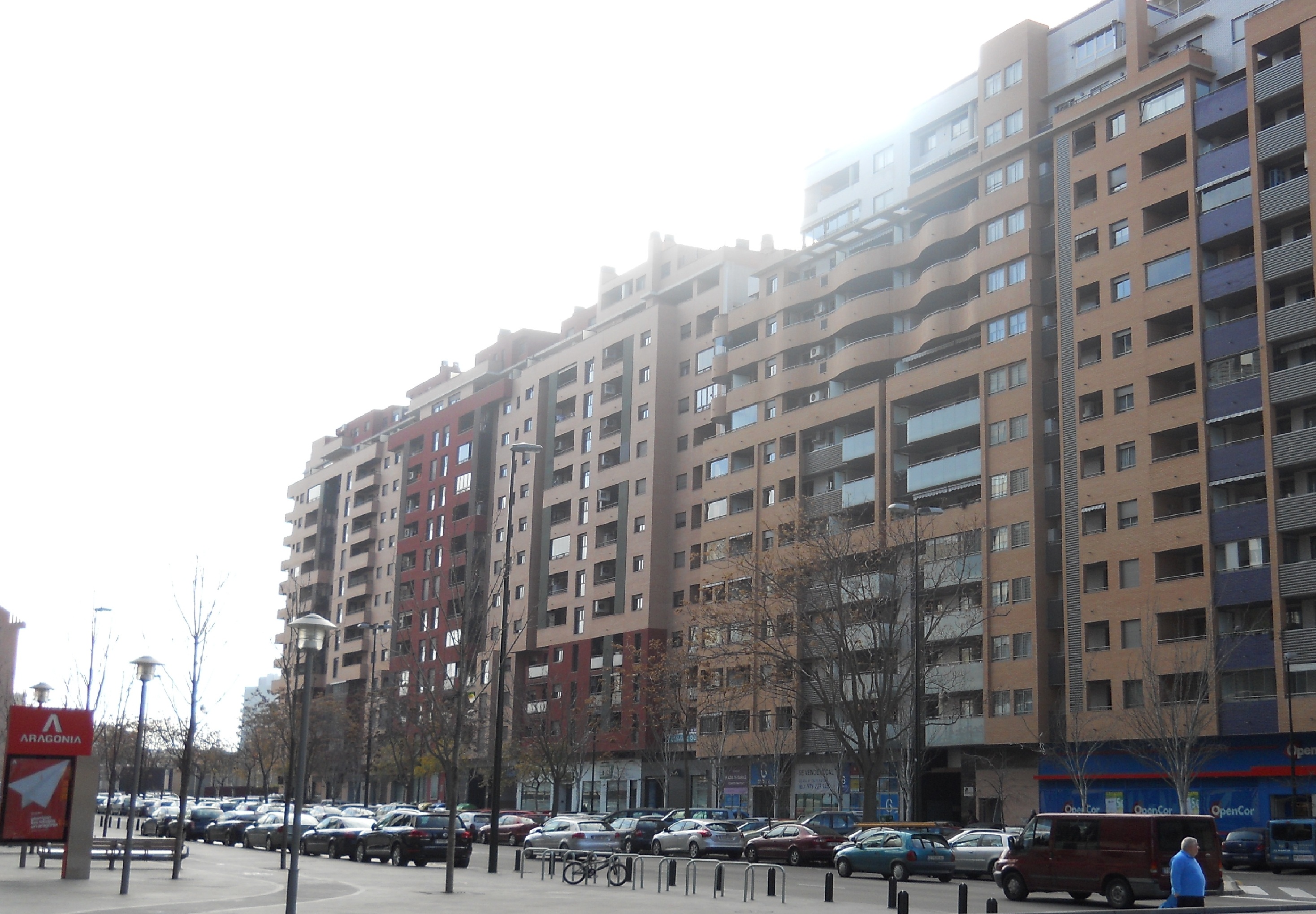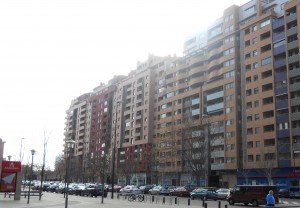Since I’ve really just been blogging about my various travels around Europe the last few weeks, I thought I was due for a report on things that are happening in Spain because, you know, that’s what I’m supposed to be blogging about.
Spanish Life
The way of life in Spain has become so normal for me (for the most part) that things I no longer find interesting or new may still be for others. For the most part, my classes are going well although I’ve thought for awhile now that I may have been placed in a level too low but I’m better at speaking Spanish than filling out bubbles on a test so that may have had something to do with my placement. I’ve definitely learned a lot more Spanish since I’ve been here and have also begun to notice a recurring cycle. Things seem to get easy for a time and slowly increase in difficulty until I reach a wall. Sometime I get a bit frustrated with the language but as soon as I get over the wall, it’s back to being “easy.” The last few days have been a “wall” for me since the most difficult thing about Spanish for me right now is not knowing enough vocabulary and learning common phrases. I discovered I still have a long ways to go in regards to this aspect but knowing that I’m improving everyday has been a motivator.
I think I’ve assimilated into the culture fairly well although a few things still annoy me occasionally. Siestas are everyday from 1:30 (or 2:00) to 5:00 p.m. and almost nothing is open with the exception of some malls. Some banks close at 2:00 and don’t reopen until the next day and the rest reopen for 2 hours from 5:00 to 7:00. In addition, many stores are also closed on Sundays. Most stores are mom-and-pop type stores so there isn’t really any store where you can buy everything cheaply. A store called “El Corte Ingles” is about as close as it gets although it’s more similar to a Macy’s and not really that cheap. For me, this is extremely frustrating because my classes end at 1:30 so if I want to go shopping, I have to go home and wait until after 5:00 even though the university is closer to the shopping than my house. All things considered, I’m probably making this out to be worse than it is but in the very least, it’s inconvenient.
Lisboa, Portual
A while back, I went to Lisboa (the Portuguese name for Lisbon) and I had a fantastic weekend! The city is stunning and I would recommend it to anyone over Barcelona! It’s a hilly city located on the Atlantic coast and it’s so picturesque. I’ve never been to San Francisco but Lisboa reminded me of it. At the top of one of the major “hills” there’s a castle where you can overlook the whole city and the harbor. Many of the buildings are white with reddish-brown tiled roofs and they contrast beautifully with the blue harbor in the background. I took quite a few pictures (especially from the castle) that I think are definitely worth taking a look at so I would highly recommend that.
We also stayed at the best hostel I’ve ever visited (called the “Yes! Hostel”) and even got to go out for tapas with the owner who is a great guy! It wasn’t too expensive, was in a great location, and was rated the #1 hostel in Lisbon two years in a row so if anyone runs across this blog looking for Lisbon travel information, I highly recommend it!
I really enjoyed my time in Lisbon and am also enjoying my time here in Spain. I’ve progressed and experienced so much in the last few months I feel like I’m ready for almost anything!
If you would like to read more of my daily updates, you can follow me or just check my past posts on Twitter. If you’re interested in seeing some of my pictures from my master collection, you can check out my Picasa page. Thanks for reading and keep checking back!
